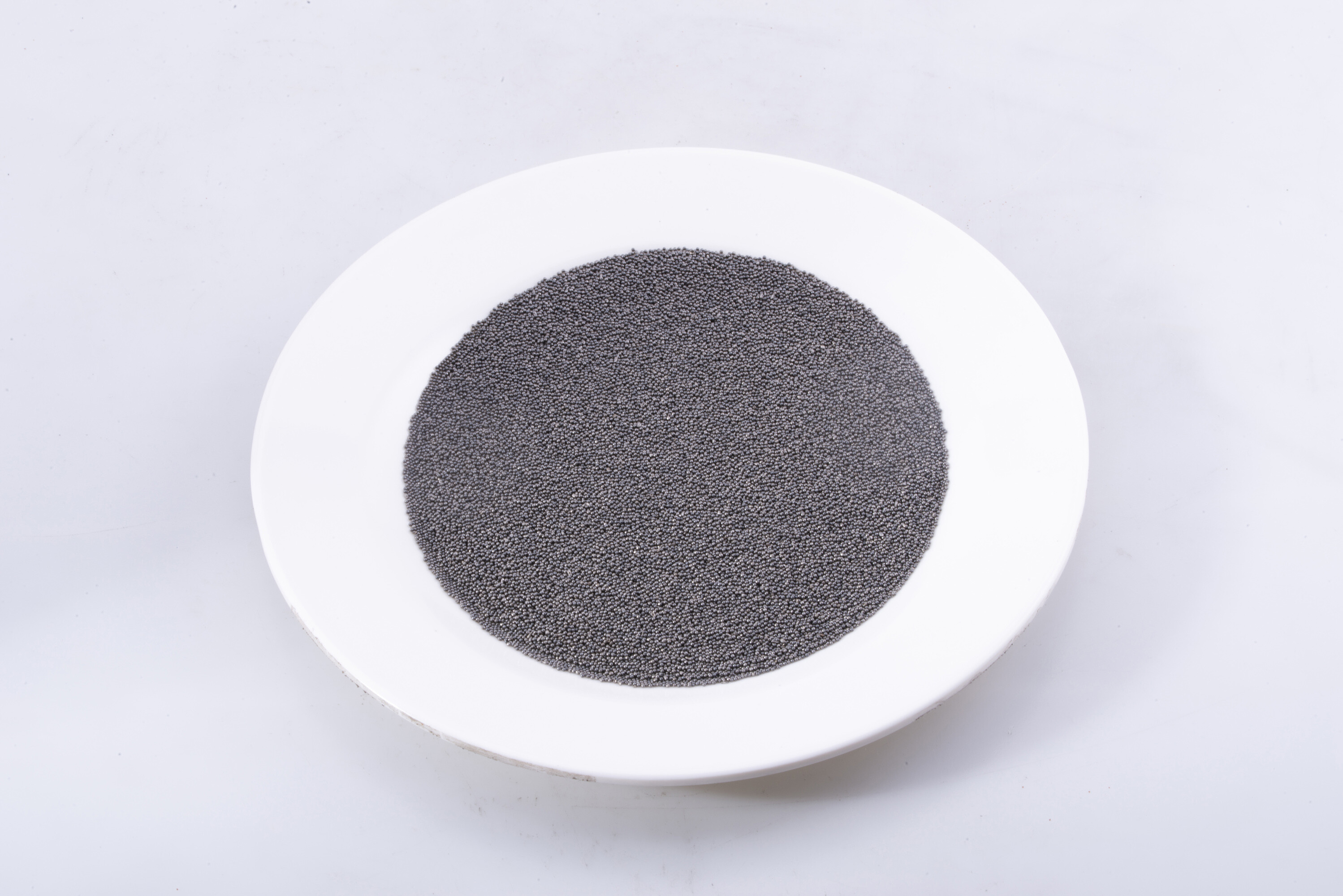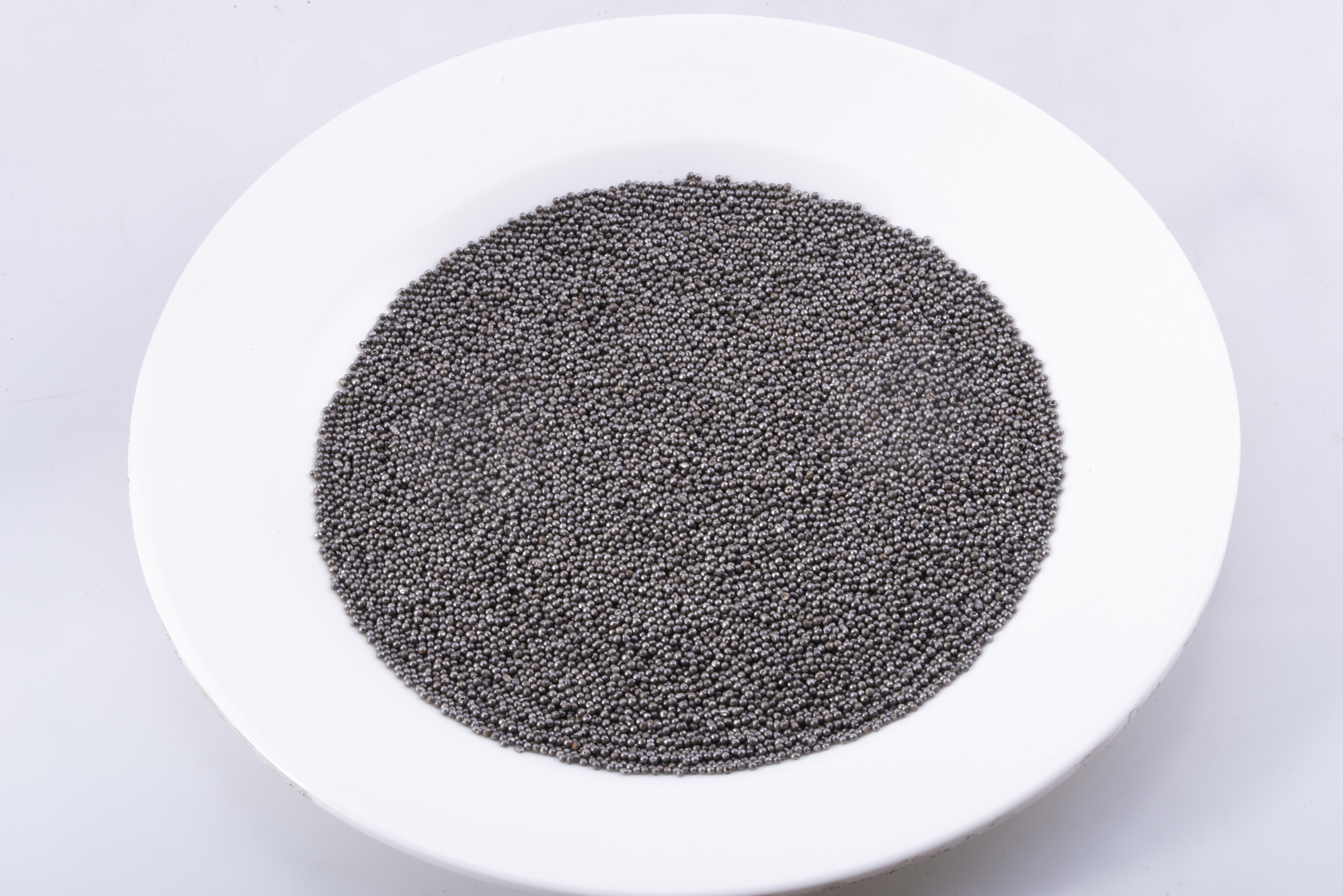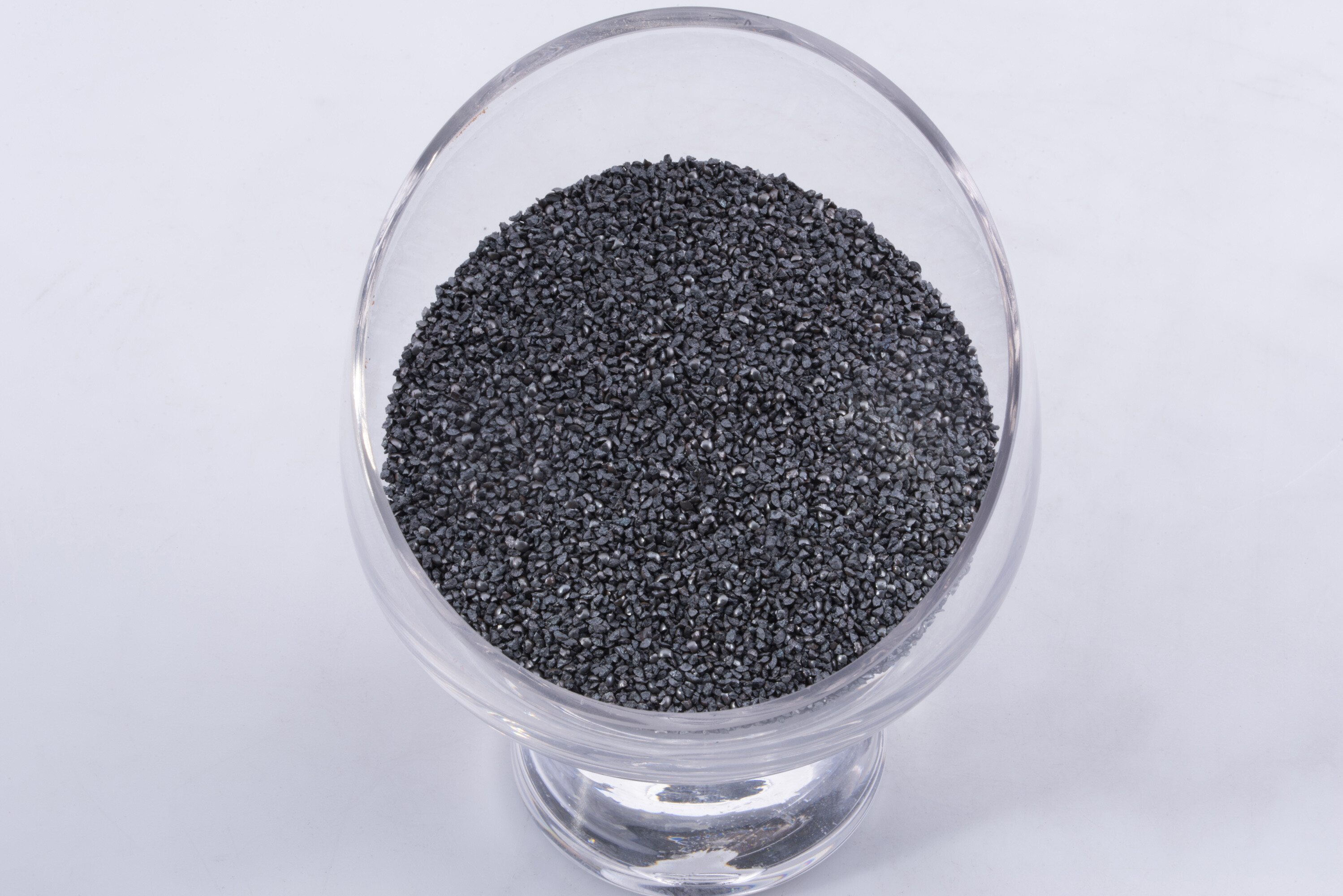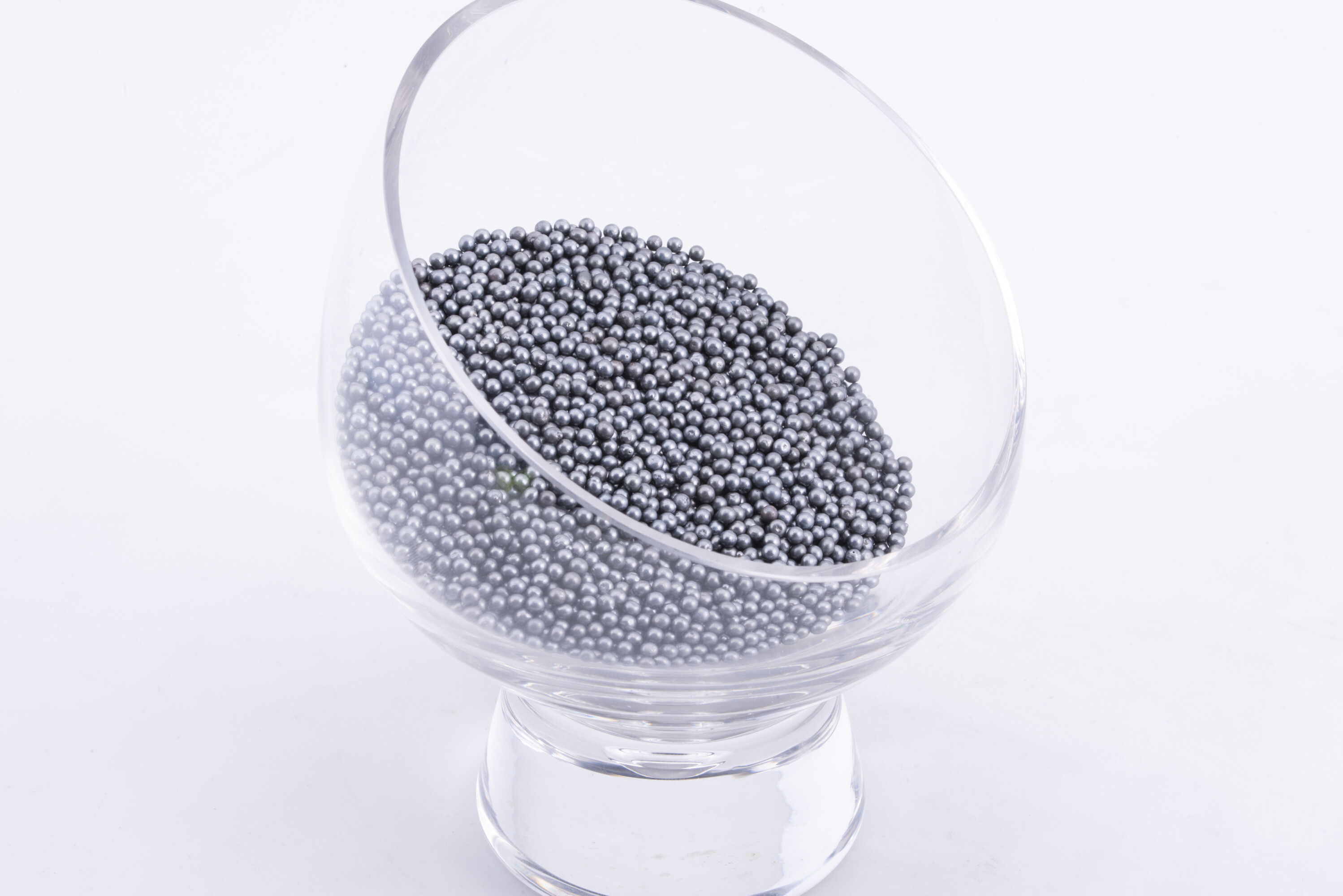Product name:Low Carbon Steel Shot
Model/Size:S110-S930/Φ0.3mm-2.8mm
Product Detail:
Low carbon steel shot boasts a unique composition that sets it apart from high carbon steel shot. With reduced levels of carbon, phosphorus, and sulfur, the internal microstructure of low carbon steel shot is notably smoother. This softer composition, when compared to high carbon steel shot, contributes to a significant advantage: an extended abrasive lifetime of 20 to 40 %.
The reduced hardness of low carbon steel shot allows it to wear down more gradually during use, leading to a longer service life. This characteristic makes it an ideal choice for applications where a longer abrasive life is desired, such as surface preparation and cleaning processes.
In addition to its longer abrasive life, low carbon steel shot also offers other benefits. Its smoother internal microstructure results in a more uniform and consistent surface finish, which can be important in certain applications. Furthermore, the softer nature of low carbon steel shot makes it less prone to causing damage to delicate surfaces or components.
Processing Steps:
Scrap→Select&Cutting→Melting→Refine(decarbonize)→Atomizing→Drying→Scalper Screening→Spiralizing&Blowing to remove the air hole→The first quenching→Drying→Derusting→The second tempering→Cooling→Fine Screening→Packing&Warehousing
Applications:
Typical application areas: pre-treatment of steel or cast-iron surfaces before painting, descaling and rust removal, deburring.
Advantages:
Low carbon steel shots are the ideal choice for achieving a clean and polished metal surface. Their unique composition and properties make them a versatile material for use in both turbine and compressed air blasting systems. By utilizing low carbon steel shots, users can ensure that turbine blades experience less wear and tear during the blasting process, extending their lifespan and reducing the need for frequent replacement.
Another key advantage of low carbon steel shots is their extended life cycle. Compared to conventional high carbon steel shots, low carbon steel shots have a lifespan that is approximately 30% longer. This means that users can enjoy a longer period of effective blasting before needing to replace their shots, which can help to reduce costs and improve overall efficiency.
Furthermore, the shot blasting process that utilizes low carbon steel shots produces less dust than other methods. This is a significant benefit, as it results in lower maintenance costs for filtration systems and helps to keep work environments cleaner and safer.
Why Choose Low Carbon
Low carbon and high manganese steel shot have high impact absorption capacity, impacts are distributed uniformly throughout the shot.
During shot blasting operations, low carbon steel shot is peeled down into thin layers similar to the layers of onions for up to 80 percent of their life due to wear, and are only broken into small pieces due to fatigue of the material. Machine and blade erosion are also significantly reduced as they are divided into lesser and smaller parts.
High carbon steel shot particles however are broken into large and angular pieces in a short time due to the crack structure formed during production. With this feature, the machine causes high extra costs on turbine equipment and filters.
If you have any cooperation intentions or product questions, please leave us a message!
We will get back to you as soon as possible!





